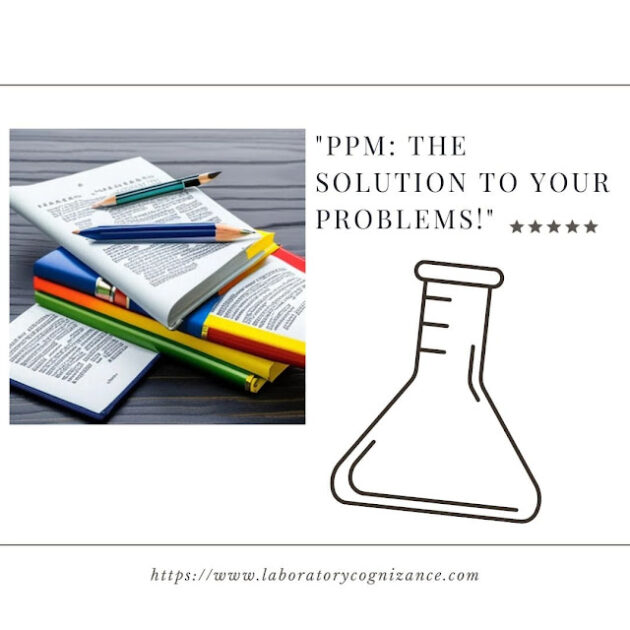“Parts Per Million: A Million Parts of Perfection!”

By dividing the mass of the substance being tested by the sample’s overall mass, PPM is calculated. The PPM value is then calculated by multiplying the outcome by one million. For instance, the PPM of salt in a sample of water will be 10,000 (0.01/1,000,000 x 1,000,000) if the sample of water contains 0.01 gm of salt.
PPM is crucial because it provides scientists, engineers, & other experts with a method for measuring minute quantities of chemicals. It is a helpful tool for figuring out a substance’s concentration in a sample & its possible consequences on the environment or human health. PPM is frequently employed in environmental research & monitoring as a result.
The amount of pollutants in the air, such as carbon dioxide, is also measured using PPM. Scientists and engineers can gain a better understanding of the causes & impacts of air pollution by measuring the PPM of contaminants in the air. The development of solutions for minimizing air pollution & its impacts can then be done using the knowledge gained.
PPM is a helpful unit of measurement in a variety of industries. It is crucial for figuring out a substance’s concentration in a sample as well as any possible negative impacts on the environment or human health. Scientists & engineers can better comprehend & manage the effects of pollutants & other compounds on our environment & health by using & comprehending PPM.
Conclusion:
Parts per million (ppm) solutions are an important concept in the field of measurement. They provide an easy and convenient way to measure the concentration of a solution in terms of its mass compared to the mass of the solvent. This is an essential concept in many scientific and industrial applications, making it an important concept to understand.
